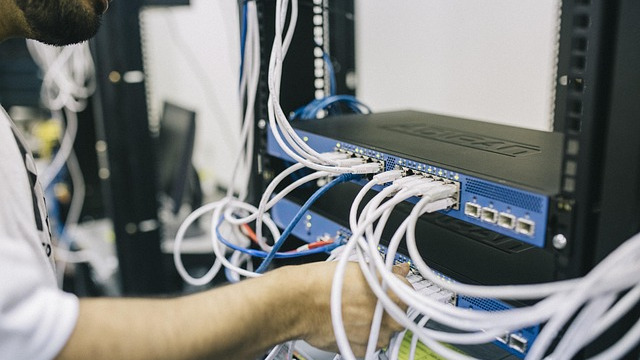
The Surge of AI Demand:
The bandwidth boom driven by artificial intelligence (AI) is reshaping the telecommunications landscape, significantly influencing investment strategies for telecom investors, private equity firms, and infrastructure funds. With AI workloads doubling bandwidth requirements, industry experts indicate an unprecedented surge of 330% between 2020 and 2024. This dramatic increase is primarily fueled by hyperscale data centers that require extensive connectivity to support massive GPU clusters needed for AI model training.
Transformative Impact on Data Centers
The demand for data center connectivity has never been more critical. AI data centers are projected to evolve dramatically, with estimates suggesting that GPU clusters could reach up to a million GPUs by 2026. This not only enhances computational power but also escalates the energy consumption and bandwidth needed across communication networks. As a result, ISPs must adapt to shifting traffic patterns, emphasizing the growing importance of metro and long-haul networks to support AI traffic.
Opportunities for Investors in the Broadband Sector
This expanding demand presents numerous opportunities for venture capitalists and private equity analysts focusing on fiber networks and broadband infrastructure funding. As communications service providers (CSPs) anticipate an overwhelming growth in enterprise AI inferencing, investments in high-capacity fiber connectivity will become vital. The mix of services likely to see the most growth includes high-bandwidth wavelength services, essential for enterprises leveraging AI technology.
Infrastructure Investment Trends
Government initiatives and public-private partnerships are pivotal in accelerating these developments. Substantial funding from infrastructure bills aimed at expanding broadband access in rural areas signals optimism for future capital investments in this sector. Moreover, as CSPs gear up for M&A activity in the ISP market, these collaborations will play a crucial role in shaping the competitive landscape as the fiber broadband economy rapidly evolves.
Future Predictions for AI and Connectivity
Experts project that these shifts will lead to more distributed designs of data centers, moving away from traditional metro hubs to locations where reliable energy is abundant. This evolution will necessitate innovative connectivity solutions to address geographic challenges, emphasizing the need for strong partnerships among ISPs, governments, and technology providers.
Conclusion: Aligning with AI Connectivity Trends
Investors and industry stakeholders must remain vigilant as they navigate the complexities of the AI bandwidth boom, balancing opportunities for growth against the dynamics of technological advancements in networking. Those who align their strategies with the forecasted trends in fiber-optic expansion and government support for broadband investments stand to gain significant advantages. Engaging with these insights can inform your investment decisions and illuminate new pathways for capital allocation in this rapidly evolving landscape.
 Add Row
Add Row  Add
Add 




Write A Comment